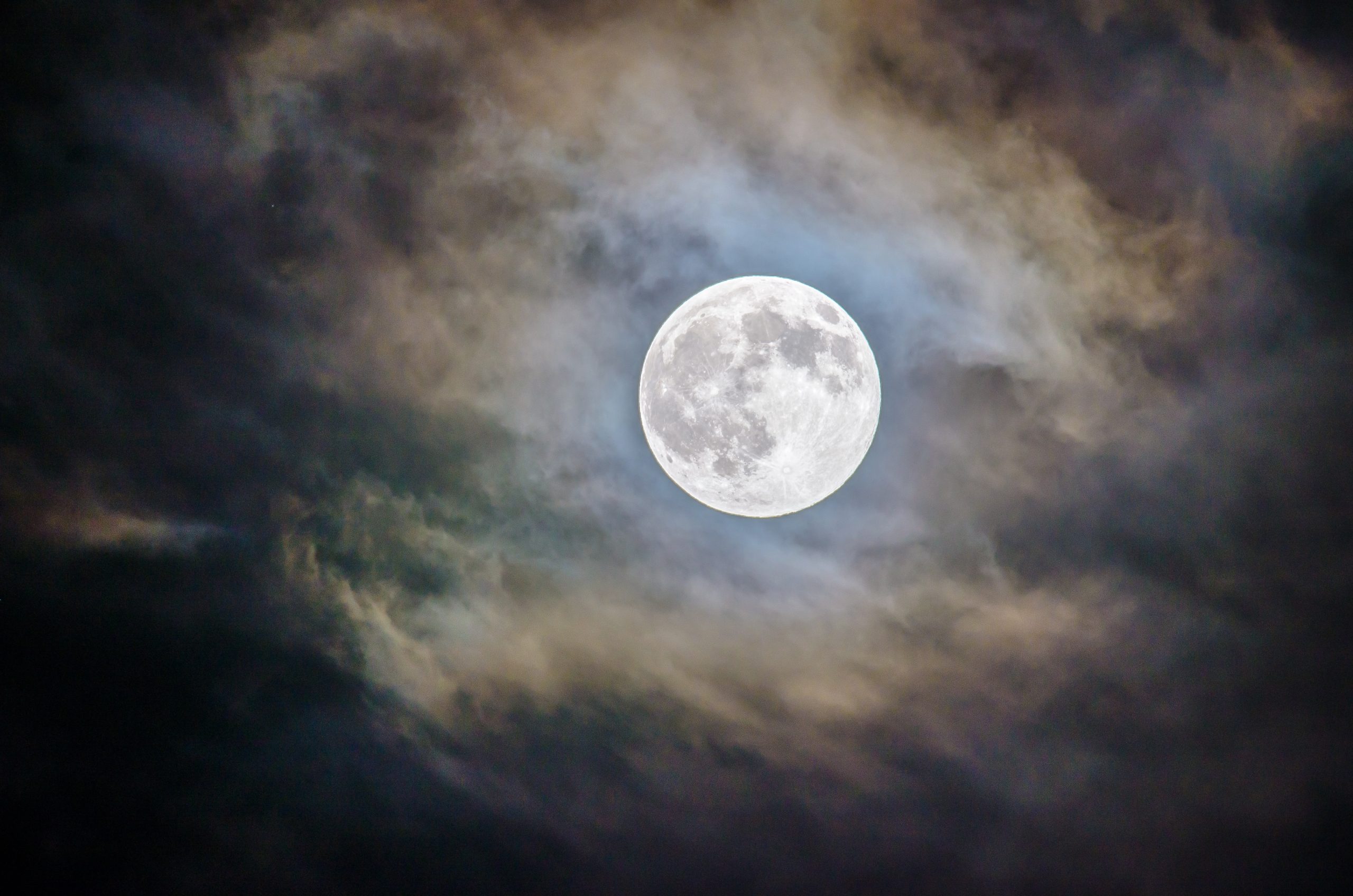How Does a Waxing Crescent Moon Occur?
Have you ever gazed up at the night sky and noticed the gentle curve of a crescent moon? This enchanting lunar phase is known as a waxing crescent moon. The waxing crescent occurs in the first few days after a new moon, and it is the precursor to the first quarter moon. In this blog post, we will unravel the celestial mechanics behind the formation of a waxing crescent moon and explore the captivating phenomenon it represents.
The Lunar Cycle
To understand how a waxing crescent moon occurs, it’s essential to have a basic understanding of the lunar cycle. The lunar cycle encompasses the continuous changes the Moon undergoes as it orbits the Earth. It takes approximately 29.5 days for the Moon to complete one orbit, during which it goes through eight distinct phases: new moon, waxing crescent, first quarter, waxing gibbous, full moon, waning gibbous, third quarter, and waning crescent.
The lunar cycle begins with the new moon, where the Moon is positioned directly between the Earth and the Sun, making it invisible from our perspective on Earth. As the days progress, the Moon gradually becomes more visible, leading to the waxing crescent phase.
Earth, Moon, and Sun Alignment
The formation of a waxing crescent moon depends on the alignment of the Earth, Moon, and Sun. During a new moon, the Moon is positioned in such a way that the illuminated side is facing away from the Earth. As Earth orbits the Sun, the Moon’s position begins to change relative to both the Earth and the Sun.
At the beginning of the waxing crescent phase, a small portion of the Moon becomes visible from Earth. This occurs because the Moon’s orbital path brings it slightly closer to the Sun, altering the angle at which sunlight hits its surface. As a result, the illuminated portion of the Moon starts to “wax” or grow, and the crescent shape becomes visible.
It’s important to note that the waxing crescent moon is visible in the western sky after sunset in the Northern Hemisphere, while it is visible in the eastern sky before sunrise in the Southern Hemisphere.
Increasing Illumination
During the waxing crescent phase, the illuminated portion of the Moon gradually increases, leading to a more prominent crescent shape. This illumination increase occurs because of the Moon’s counterclockwise orbit around the Earth. As the Moon moves further along its orbit, more of the illuminated portion becomes visible each day.
The timing and visibility of the waxing crescent moon vary based on several factors, including the geographical location and the current season. In some cases, atmospheric conditions such as clouds or pollution can affect its visibility as well.
The Influence of Gravity
The waxing crescent moon’s formation is not solely determined by the alignment of the Earth, Moon, and Sun. The gravitational force between these celestial bodies also plays a crucial role in shaping the lunar phases we observe.
The gravitational pull of the Moon and the Sun causes various tides on Earth. This gravitational interaction is strongest during the new moon and full moon phases when the Earth, Moon, and Sun form a straight line. However, even during the waxing crescent phase, the gravitational force impacts the Moon’s orbit.
As the Moon moves farther away from the new moon position, the gravitational forces exerted by the Earth and the Sun act in opposite directions. These gravitational pulls cause the Moon’s elliptical orbit to become slightly distorted, resulting in variations in the waxing crescent moon’s appearance.
Conclusion
The waxing crescent moon is a mesmerizing lunar phase representing the gradual unveiling of the Moon after a new moon. Its formation is a product of the alignment between the Earth, Moon, and Sun, as well as the forces of gravity acting upon these celestial bodies. As we marvel at the delicate crescent shape in the night sky, let us appreciate the intricate interplay of celestial mechanics that brings about this enchanting phenomenon.
Next time you catch sight of a waxing crescent moon, take a moment to reflect on the vastness of the universe and the intricate dance of cosmic bodies that shape our planet’s nightscape.
Table of Contents
